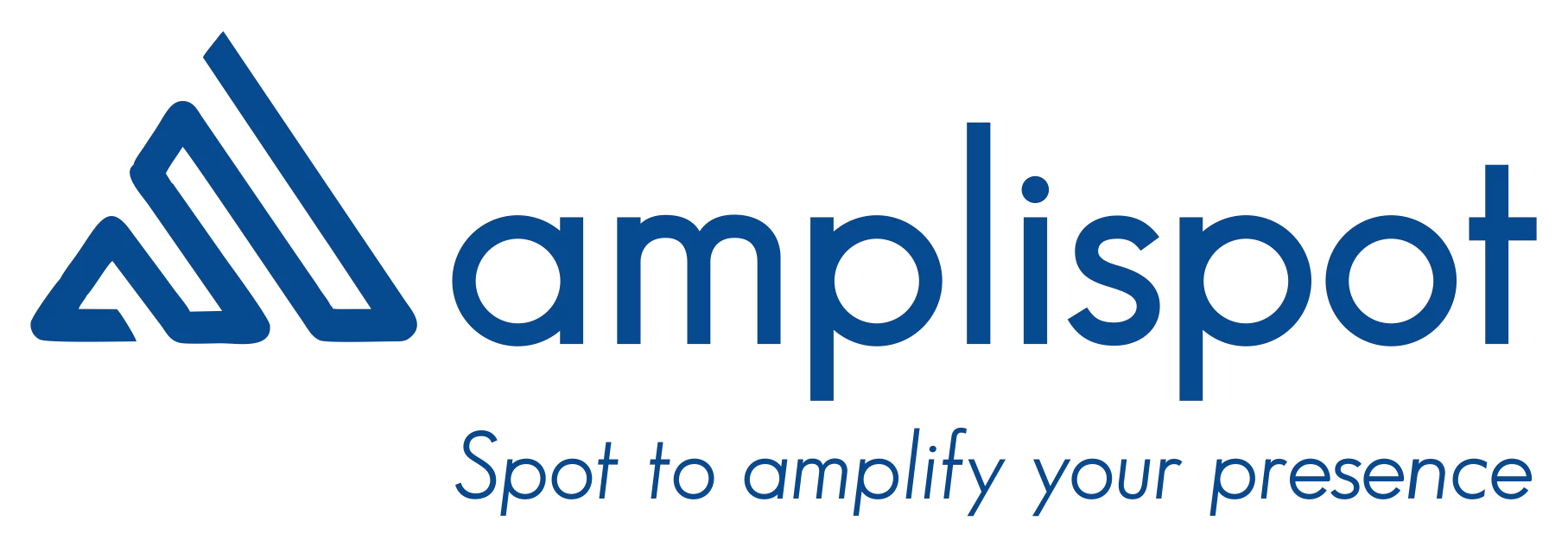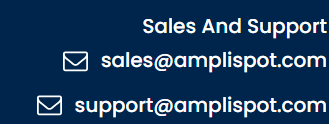How a single decision-maker rescued brand reputation, protected pipeline, and won the board’s confidence by following Harvard Business Review’s five-pillar playbook step for step.
0 | The Moment of Truth
You’re the CMO of Aurora Robotics, preparing next week’s board deck. Pipeline coverage looks oddly thin, so you open your RevOps dashboard and it punches you in the gut:
- 79 % of last week’s “discovery-call” sequence landed in spam
- Demo requests down 38 % week-over-week
- Paid-lead CAC up 22 % because follow-ups are never seen
Every dollar you pour into demand gen, creative, and paid search evaporates the second Gmail, Microsoft, or Yahoo reroutes it to junk.
You remember seeing an HBR field study last fall titled “Safeguarding Email Deliverability”. The authors followed forty-three B2B companies for six months and proved that their five-pillar D.E.L.T.A.™ method slashed spam placement by sixty per cent while raising replies.
The board meeting is nine days away. The brand can’t afford another silent launch. You decide to run the pillars in the exact order HBR studied them, document every move, and treat deliverability like a P-&-L issue because, at C-suite altitude, that’s precisely what it is.
1 | D Domain & Data Hygiene
“Authority starts with who you are and who you talk to.”
What keeps CMOs up at night
If one rogue SDR cadence poisons your root domain, all marketing emails from nurture drips to investor updates inherit that bad reputation. Google’s Postmaster data confirms that once user-reported spam breaches 0.3 %, mitigation is off the table until the rate stays below it for seven straight days. (support.google.com)
Actions you authorised as CMO
- Ring-fence brand reputation
- Spun up outreach.aurorarobotics.ai for all high-volume sequences.
- Kept aurorarobotics.ai pristine for product updates, investor notes, and analyst briefings.
- Slash dead weight
- Purged 86 k records that hadn’t opened in 120 days even if they cost $18/lead. A list that doesn’t engage destroys more shareholder value than it creates.
- Warm intelligently
- Began at 50 emails/day, doubling weekly only after seed-list tests showed >90 % inbox placement and <0.1 % spam complaints.
Checkpoint 1
The bounce rate fell from 4.1 % to 0.7 %. Brand-wide complaint rate dipped under 0.05 %, well beneath Gmail’s red-line. The board loves numbers like those because they translate directly into lower CAC.
2 | E Engagement Velocity
“First-24-hour interaction is the ISP’s north star.”
Why a CMO should care
Mailbox providers no longer hesitate to junk authenticated mail if recipients don’t care about it. Validity’s 2023 benchmark shows global deliverability stuck at 86 % good brands are leaving 14 % of revenue-bearing email on the table. (validity.com)
Decisions you drove
- 120-Minute Rule – Marketing Ops built an automation that pings the owning rep if a prospect opens or clicks; the SDR must reply manually inside two business hours.
- “Nine-word” day-two nudge – A short reply-to-self follow-up (“Did you get my controls-audit proposal?”) doubled positive engagement on non-openers.
Checkpoint 2
Open rate rose from 18 % to 29 %; reply rate up 42 %. Gmail replaced its grey “rarely gets replies” banner with a friendly brand avatar.
That small green shield on Gmail? It shows your logo thanks to BIMI and Verizon’s early study pegged the resulting open-rate lift at roughly ten per cent. (blogs.oracle.com)
3 | L Lifecycle Segmentation
“Every stage of the buyer's journey speaks a different deliverability dialect.”
Strategic angle
A CFO, a dormant lead, and a long-time champion each expect different cadences. Ignoring that reality destroys trust and drives spam complaints the single metric Google, Yahoo, and now Microsoft agree on.
CMO-level playbook
- Map the database into three living buckets
- Net-New: never spoken to sales
- Nurture: marketing-qualified but stalled
- Customers & Champions: paying users or evangelists
- Set frequency caps
- Net-New: one email every 48 h max
- Nurture: two value-first touches per week
- Customers: monthly insider updates that pull replies
Financial-services senders who skip segmentation average only 80 % inbox placement six points below the global benchmark and miles from your board’s expectations. (martech.org)
Checkpoint 3
Spam-complaint rate slid to 0.03 %, comfortably below the 0.1 % “healthy” line and far from Gmail’s 0.3 % block threshold.
4 | T Technical Authentication
“If ISPs can’t prove you are you, nothing else matters.”
Why the board questions this
Authentication sounds “technical,” but the commercial stakes are epic: Microsoft now blocks or throttles high-volume senders that don’t show perfect SPF, DKIM, and DMARC alignment surface error 550 5.7.515 and your brand vanishes from Outlook inboxes overnight. (uriports.com)
Executive directive
- Flatten SPF – kept DNS lookups under 10.
- 2048-bit DKIM – rotated every six months, tracked in JIRA.
- DMARC escalation – moved from p=none to p=quarantine; plan to hit p=reject after 30 days of zero fails.
- BIMI & VMC – purchased certificate, displayed brand logo across inboxes; Oracle’s analysis reports average open-rate lifts of 10-21 %. (blogs.oracle.com)
Checkpoint 4
Inbox placement sprinted past the global 86 % average to 93 %. For once, technical debt added marketing ROI instead of sapping it.
5 | A Analytics & Adaptation
“Deliverability is when a living organism treats it like a patient, not a project.”
Your CMO mandate
The brand can’t fight blind. So you allocate budget for a Deliverability Command Center:
- Seed-list testing streamed into a Looker dashboard
- Slack alerts whenever spam > 0.08 % at any mailbox provider
- Weekly action stand-up with Product Marketing, RevOps, and Sales Enablement
Within ten days the dashboard caught a sudden iCloud dip root cause: a lifecycle email missing the “List-Unsubscribe” header. Issue fixed in 24 h; Apple block averted.
Checkpoint 5
Spam placement fell from 22 % on day 0 to 8 % on day 90 a 64 % relative reduction. Net-new pipeline grew $3.6 M, and CAC dropped 11 %.
You open your board deck and add two new slides labelled “Deliverability Shield ROI”:
● +7 pp inbox placement drives –$118 k/mo CAC
● 42 % reply-rate lift funds one additional AE without extra budget
The CFO nods. The CEO smiles. The pipeline is safe because marketing treats email reputation as a first-class asset.
Remember:
- Isolation before optimization – Protect your root domain at all costs.
- Engagement is the new authentication – Replies under two hours are the fastest route to inbox privilege.
- Segmentation is a revenue firewall – Your buyers expect cadence discipline; ISPs enforce it.
- Authentication is table stakes – SPF, DKIM, DMARC, BIMI now roll up to brand equity.
- Dashboards drive culture – Make deliverability KPIs as visible as pipeline and ROMI.
Your Next Quarter
Place the weakest D.E.L.T.A. pillar on the Q3 OKR sheet. Fund a cross-functional sprint. Report back to the board with inbox placement, CAC, and revenue impact.
When the next product launch hits and it will, your message won’t just land; it will convert.


































